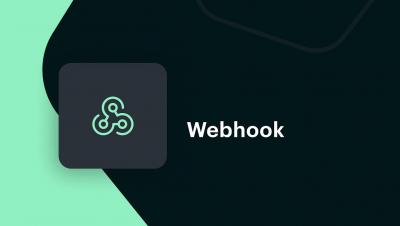Security | Threat Detection | Cyberattacks | DevSecOps | Compliance
Security
Ransomware Groups Boast About Their Malware
Ransomware groups are becoming more boastful and even advertising for affiliates, according to a recent article. Read more to see which groups are more active and how to defend your organization.
How to Ensure Password Hygiene at Your Organization
In a SecureAuth survey, 62% of respondents claimed to use the same password across three to seven different accounts. It begs the question: If passwords play an integral role in cybersecurity performance, why are people so remiss when it comes to practicing good password hygiene? Practicing good password hygiene is a security measure that organizations must take to protect against cyber threats.
How to protect your site against lethal unauthorized code injections
Lethal unauthorized code injections like XXS (cross site scripting) attacks are some of the most dynamic cyber-attacks. They are often very difficult to detect and can result in credit card theft, fraud, and endpoint data breaches, having a huge impact on small to medium sized businesses. In a recent AT&T cybersecurity survey, 88% of respondents reported that they had experienced at least one security incident within the past year.
Lazarus campaign TTPs and evolution
AT&T Alien Labs™ has observed new activity that has been attributed to the Lazarus adversary group potentially targeting engineering job candidates and/or employees in classified engineering roles within the U.S. and Europe. This assessment is based on malicious documents believed to have been delivered by Lazarus during the last few months (spring 2021). However, historical analysis shows the lures used in this campaign to be in line with others used to target these groups.
Tips and best practices for building secure container images
When you start scanning your container images, it can be disconcerting to discover that you have large numbers of vulnerabilities. Below is a scan I did last week on a vulnerable node image that I built. While a fairly extreme example, you can see that this image out of the box is showing as having over 800 vulnerabilities in it.










